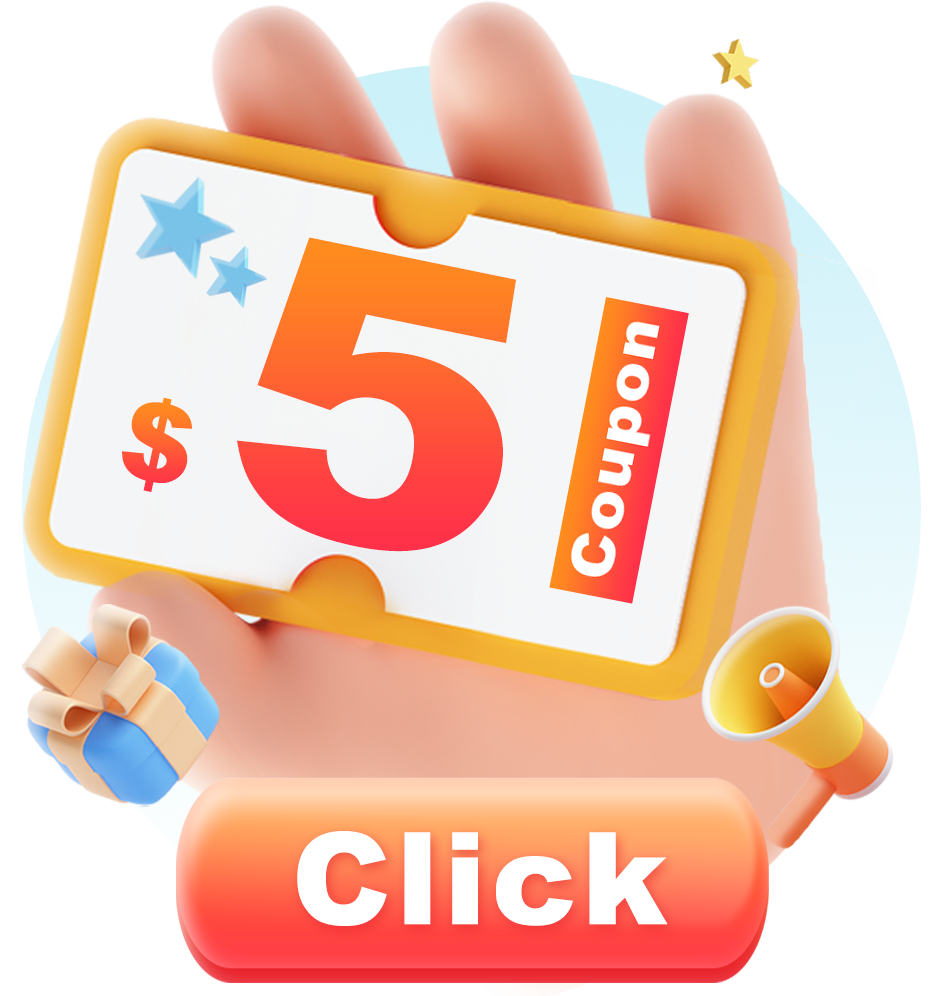
Have a great idea but not sure how to turn it into a product people will actually buy? Every successful product you see—whether it's a skincare line, a kitchen gadget, or a subscription box—started as just an idea in someone's head.
This guide breaks down the product development process into seven simple, beginner-friendly steps. Whether you're building something from scratch or improving an existing idea, these steps will help you go from inspiration to execution.
How to Create Products to Sell in 7 Key Steps
1. Identify a Real Problem
Before you create anything, it's important to know what problem your product will solve. When you solve a real problem, people are more likely to buy from you.
Why this matters: Your product needs to meet a real need, or it won't have much value to customers. Focus on something that frustrates or challenges people.
Practical tips:
- Talk to potential customers or friends to learn what annoys them.
- Use tools like Google Trends or Reddit to see what problems people discuss.
- Try surveys with platforms like SurveyMonkey to gather opinions.
Try this: Write down at least three problems you or others face daily and pick the one you feel most excited about solving.
Example scenario: Sarah started her skincare brand after noticing her friends complaining about sensitive skin products. She focused on gentle, natural ingredients to solve that problem, which helped her find loyal customers fast.
Further reading: 25 Best Niche for Dropshipping to Start a Profitable Store
2. Research Your Market and Competition
Understanding who else is selling similar products is key to making yours stand out. If you know what your competitors do well and where they fall short, you can create something better.
Why this matters: You don't want to waste time making a product nobody needs or that's already done perfectly.
Practical tips:
- Search for similar products on Amazon, Etsy, or niche websites.
- Read customer reviews to see what people like or hate about competitors.
- Use tools like SEMrush or Ahrefs for deeper market research.
Try this: List the strengths and weaknesses of 3 competitor products and think about how your product can be different.
Example scenario: Mike launched a reusable water bottle after seeing complaints about leaks in existing designs. He improved the seal and got great reviews, beating some competitors.
Further reading: 11+ Low Competition Niches for Print on Demand: Best POD Niches
3. Define Your Product's Unique Selling Point (USP)
Your USP is what makes your product special and why customers should choose it over others. It could be quality, price, design, or something else unique.
Why this matters: A strong USP makes your product memorable and helps you market it better.
Practical tips:
- Write down what makes your product different in one clear sentence.
- Ask potential buyers if your USP makes sense to them.
- Test different USPs in small ads or social media posts to see what clicks.
Try this: Create a list of 5 features your product has and pick the top 2 that stand out most.
Example scenario: Emma's handcrafted jewelry stands out because she uses recycled metals, which appeals to eco-conscious buyers.
Further reading: How Many Listings Should I Have on Etsy to Boost Sales?
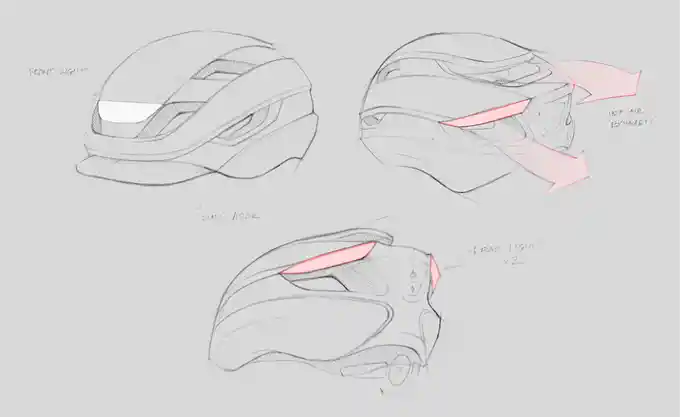
Source: Lumos Helmet
4. Design and Prototype Your Product
Turning your idea into a physical or digital prototype helps you see how it will actually work and look. This step is essential before full production.
Why this matters: A prototype shows flaws early, so you can fix them without big costs.
Practical tips:
- Use free design tools like Canva for digital products or SketchUp for physical ones.
- Try simple DIY versions at home or order prototypes from sites like Fiverr or Alibaba.
- Get feedback from friends or potential customers on your prototype.
Try this: Make a rough prototype using everyday materials or digital mockups to get a feel of your product.
Example scenario: John created a prototype of his phone stand using 3D printing. After testing it himself and with friends, he improved the angle and grip before selling it.
5. Test Your Product with Real Users
Testing your product with real users lets you find out what works and what doesn't from a customer's point of view.
Why this matters: Feedback helps you make your product better and avoid launching something no one wants.
Practical tips:
- Share samples or free versions in exchange for honest reviews.
- Use social media polls or groups to ask for opinions.
- Observe how users interact with your product and note issues.
Try this: Run a small beta test or focus group and gather detailed feedback.
Example scenario: Lisa gave her app to a group of friends and adjusted features based on their input, which improved the final version's user experience.

6. Plan Your Production and Pricing
Now that you know your product and customers well, figure out how to make it and at what price. Good planning saves money and ensures profit.
Why this matters: Without a clear production plan, costs can skyrocket and pricing may scare off buyers.
Practical tips:
- Contact several suppliers or manufacturers to compare costs.
- Use pricing calculators online to find the best price point.
- Consider your costs, desired profit, and what customers will pay.
Try this: Create a simple budget sheet to track production costs and expected selling price.
Example scenario: David negotiated with multiple factories for his t-shirts, choosing one with better quality and fair price, which helped him keep profits while staying competitive.
Further reading: How to Price Custom Shirts: Maximize Your Profit
7. Launch and Promote Your Product
Get your product out there. A good launch plan can create excitement and attract your first customers.
Why this matters: Even the best product won't sell if nobody knows about it.
Practical tips:
- Use social media platforms like Instagram or TikTok to show your product.
- Create a simple website or online store with Shopify or Etsy.
- Reach out to bloggers or influencers who fit your niche.
Try this: Plan a small online event or giveaway to build buzz around your product launch.
Example scenario: Rachel used Instagram Stories to share her handmade candles' making process, which drew attention and led to quick sales.
Further reading: How to Market Your Dropshipping Store: 16 Effective Ways
By following these steps, you're building a strong foundation for creating a product people want to buy. Take it one step at a time, and you'll see your idea come to life.
How to Find the Right Product Ideas to Sell
Finding the right product idea starts with identifying a real problem. When you focus on solving a problem, your product will naturally attract people who need it.
For example, think about something like excessive sweating. You can Google terms like "who suffers from excessive sweating" or "what excessive sweating is a sign of." This will help you find groups of people with this problem.
Maybe you choose pregnant women as your niche. Then, search for "how to deal with excessive sweating during pregnancy." This will give you ideas about products that could help.
Pick a product you are interested in or know something about. It's important because understanding the product will help you improve it. Read product reviews and forums to see what people complain about. This way, you learn how to make your product better.
Also, check the market size and competition. Look for ways your product can be different from others.
A good rule is to sell something you understand or would use yourself. This makes marketing easier because you know your customers well.
Tools, equipment, or devices are great ideas. They solve problems or help people work better and faster.
Keep in mind:
- Avoid very common products sold everywhere.
- Choose something with good profit margin.
- Make sure the product can ship easily.
Look around. What problems do you see? What products can help fix them? That's your starting point. Start simple. Start smart.
How to Prototype and Patent Your Product on a Budget
Starting with your product idea can feel confusing. You might have a rough version but don't know what to do next. The good news? You can build a better prototype without spending much.
Try rapid prototyping first. This means making quick, low-cost models to test your idea. You can use 3D printing or off-the-shelf electronics. Learning simple skills like soldering helps you build early versions without spending much.
If your product is mechanical, try free or cheap 3D design programs like OnShape. Print your design cheaply to see how it works. Don't rush to professional manufacturing before testing a few versions.
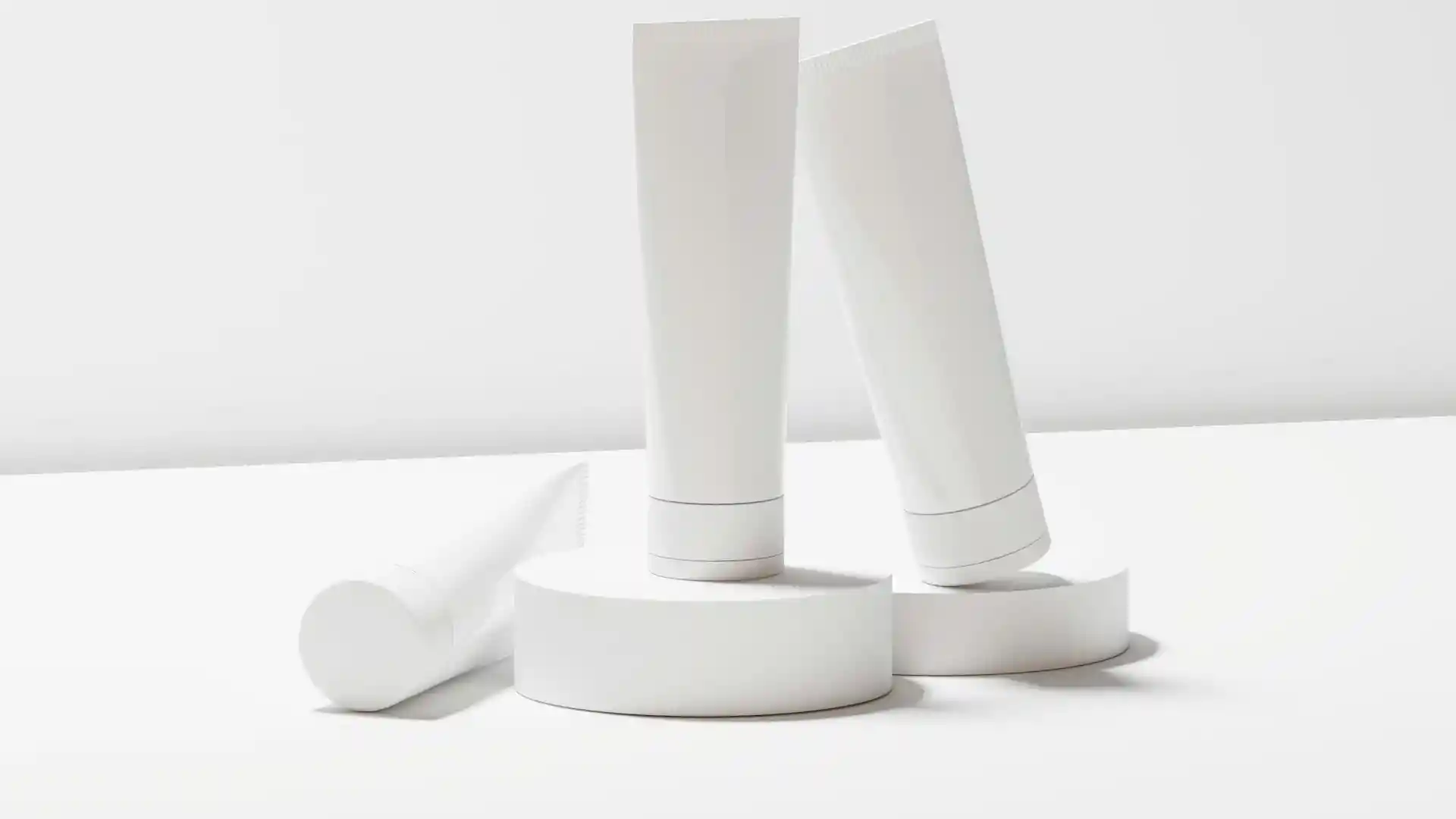
When it comes to patents, you can do a lot yourself. Filing a patent in the US is not expensive if you handle it. A design patent costs about $250, and you just need to fill out some forms.
There are two main types:
- Design patents protect how your product looks.
- Utility patents protect how it works.
Creating clear drawings of your product is the hardest part. But if you have a 3D model, use it to make your patent drawings easier.
Remember, the process is iterative. Build something. Show it to people. Get feedback. Then improve and repeat.
This way, you'll know your product really solves a problem before investing more money or time. Keep it simple, test often, and protect your idea wisely.
DIY Products vs Manufactured Products to Sell
Upfront Costs
When you make products yourself, the initial costs are usually low. You buy only what you need and avoid big orders.
Manufactured products, however, often require a larger budget to produce in batches.
Flexibility and Design
DIY lets you tweak your product anytime and add personal details. You control every step.
Production Speed and Volume
Making products by hand takes time, which limits how many you can sell.
Manufacturing allows for faster, large-scale production, helping you serve more customers quickly.
Consistency in Quality
Handmade products might have small differences between each item.
Factory-made products tend to be uniform because machines follow exact specifications.
Brand Story and Appeal
DIY items often carry a unique, authentic vibe that customers appreciate.
Manufactured products can appear more polished and professional, which some buyers prefer.
If you want to focus more on growing your business, manufacturing can save time. DIY gives you direct involvement but might slow down your growth.
But print-on-demand supplier can offer customization and precise production as needed, combining the best of both worlds.
Product Development Examples
Beyond Meat — Ethan Brown
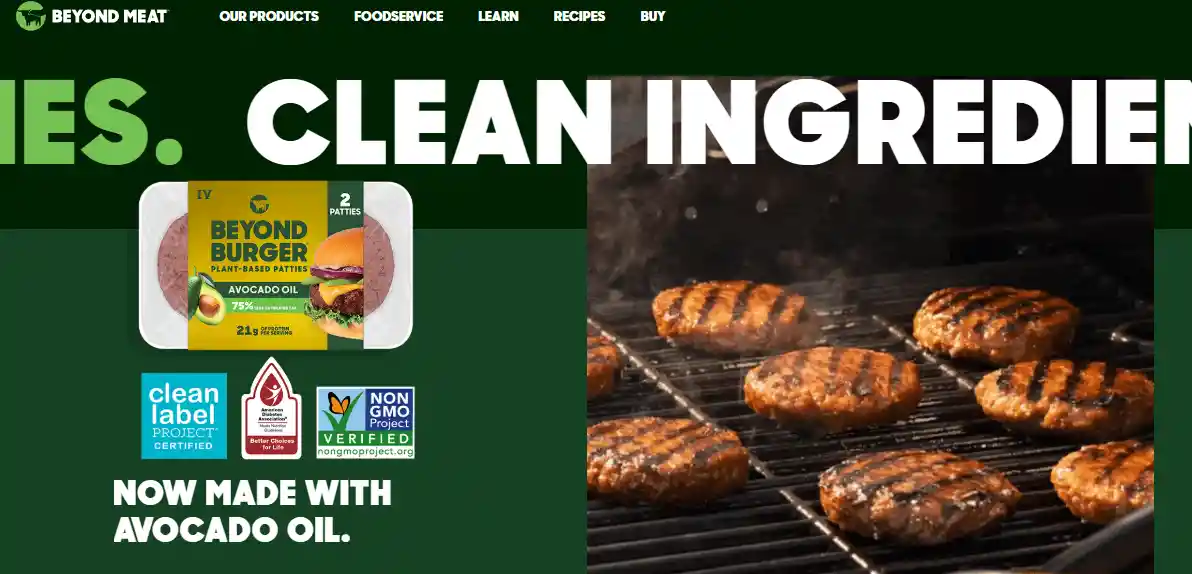
Ethan Brown created Beyond Meat because he wanted to fight climate change by offering plant-based meat alternatives.
He worked with two University of Missouri professors who had developed technology to mimic meat texture using plant proteins. Brown licensed their technology and launched Beyond Meat in 2009.
Brown focused on plant-based beef, launching Beyond Burger in 2015. This product uses pea, rice, and lentil proteins, with beet juice to mimic blood color.
One big challenge was making the plant-based meat convincing enough to win over meat lovers. But with constant testing and improvements, Beyond Meat became a brand known for its realistic and tasty products.
Their simple, modern packaging supports the brand's focus on sustainability and innovation.
Lumos Ultra in Bike Helmets — Lumos Helmet

Source: Lumos Helmet
Lumos Helmet created the Lumos Ultra bike helmet because they noticed cyclists needed a safer, smarter helmet that also looks good.
They aimed to build a helmet with bright LED lights, turn signals, and extra safety features all packed into a sleek design.
To make this happen, they tested wireless controls, including one you can operate with an Apple Watch. They also focused on making the helmet lightweight and well-ventilated while keeping it water-resistant for all weather conditions.
A key challenge was balancing weight and safety, but they succeeded in making the helmet lighter without losing protection.
Thanks to these features, 24,943 supporters pledged $2,966,439 to bring the project to life on Kickstarter.
The Lumos Ultra helps you stay visible and safe on the road while adding style with its bright colors and smart design.
Expert Tips
Now that you've learned the key steps to create products to sell, you're ready to start your own journey. Remember, every product begins with a clear idea and understanding of what people need. You'll design, test, and improve your product bit by bit.
With patience and effort, you can turn your idea into something people want to buy. So take what you've learned, believe in yourself, and start building.
FAQs
What can I make and sell from home?
Create handmade items like candles, jewelry, or baked goods. Digital products like printables or online courses work too. Pick something you enjoy making that meets a customer need.
Is it better to sell digital products or physical products?
Digital products, like eBooks, are easy to scale with low costs. Physical products, like crafts, feel tangible but need shipping. Choose based on your skills and customer preferences.
What is a minimum viable product?
A minimum viable product is a simple version of your idea to test with customers. It has core features to get feedback fast, helping you improve before a full launch.
What are the best platforms to sell products?
Use Etsy for handmade goods, Shopify for custom stores, or Gumroad for digital products. Social platforms like Instagram also work to reach buyers directly with your creations.


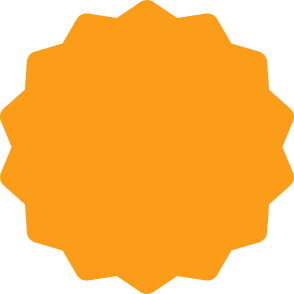







 Global Shipping
Global Shipping





























